Durability and Longevity: Built to Last
When investing in Advertising Tents, durability and longevity are paramount concerns. These temporary structures must withstand the rigors of outdoor environments, unpredictable weather conditions, and frequent set-up and tear-down cycles, ensuring they remain a reliable and effective advertising platform throughout their lifespan.
Weather Resistance and Structural Integrity
Wind and Storm Resilience
Advertising tents must be designed to withstand strong winds and gusts, ensuring they remain stable and secure even in challenging weather conditions. Manufacturers should incorporate sturdy frame materials, reinforced anchoring systems, and aerodynamic designs to minimize the risk of toppling or damage during storms.
Water and UV Protection
Additionally, the materials used in advertising tents should be water-resistant and UV-protected to ensure longevity and prevent premature fading or deterioration. High-quality fabrics and coatings can provide effective protection against rain, moisture, and harmful ultraviolet rays, preserving the tent’s appearance and structural integrity over time.
Durable Construction and Materials
High-Tensile Strength Fabrics
The selection of high-quality, high-tensile strength fabrics is crucial for ensuring the durability of advertising tents. These materials should be tear-resistant, flame-retardant, and able to withstand the stresses of frequent set-up, use, and transportation without compromising their structural integrity or visual appeal.
Robust Frame and Anchoring Systems
In addition to durable fabrics, advertising tents should feature robust frame and anchoring systems that can securely hold the structure in place. Sturdy aluminum or steel frames, coupled with heavy-duty anchors or weighted bases, can help prevent the tent from shifting or collapsing during use, ensuring safe and reliable performance.
Maintenance and Care Considerations
Easy Cleaning and Stain Resistance
To prolong the lifespan of advertising tents, manufacturers should consider incorporating easy-to-clean and stain-resistant materials. This can simplify maintenance procedures and reduce the need for aggressive cleaning methods that may damage the tent’s fabric or components.
Repair and Replacement Options
Even with proper care and maintenance, advertising tents may eventually require repairs or component replacements. Reputable manufacturers should offer comprehensive repair services or replacement part options to extend the usable life of their products, minimizing the need for frequent full replacements and reducing overall costs.
Portability and Convenience: Effortless Setup and Transport
The versatility and effectiveness of advertising tents often rely on their portability and ease of set-up, enabling them to be deployed at various locations and events with minimal effort. Addressing these concerns is crucial for campaigns that require frequent location changes or time-sensitive set-up.
Compact and Lightweight Design
Collapsible and Space-Saving Construction
Advertising tents should be designed with portability in mind, featuring collapsible and space-saving construction that allows for easy transportation and storage. Lightweight yet durable materials, coupled with efficient packing systems, can significantly reduce the overall weight and volume of the tent when not in use, facilitating easier handling and transport.
Convenient Carrying Cases and Accessories
Manufacturers should also consider providing convenient carrying cases or bags specifically designed for their advertising tents. These accessories can protect the tent components during transport and ensure all necessary parts and accessories are organized and accounted for, streamlining the set-up process.
Quick and Easy Assembly
Intuitive Setup and Takedown Procedures
The set-up and takedown processes for advertising tents should be straightforward and intuitive, minimizing the need for specialized skills or extensive training. Clear instructions, color-coded components, and user-friendly designs can greatly simplify these procedures, allowing for rapid deployment and breakdown with minimal effort.
Tool-Free or Minimal Tool Assembly
To further enhance convenience, advertising tents should ideally be designed for tool-free or minimal tool assembly. This approach eliminates the need for specialized tools or equipment, reducing the potential for misplaced or forgotten components and enabling a more streamlined set-up process, even in remote or unconventional locations.
Modular and Scalable Designs
Flexible Configuration Options
Offering modular and scalable designs can greatly enhance the versatility and portability of advertising tents. By allowing users to easily add or remove components, manufacturers can provide flexible configuration options that accommodate varying space requirements or event layouts, ensuring optimal utilization of the available space.
Expandable and Customizable Solutions
Additionally, expandable and customizable solutions can cater to diverse advertising needs, enabling users to seamlessly adapt the tent’s size, shape, or functionality to align with their specific branding or marketing objectives, without compromising portability or ease of set-up.
Advertising Effectiveness and Visual Impact
The primary purpose of advertising tents is to capture attention and effectively convey marketing messages or brand narratives. To achieve this, manufacturers must prioritize design elements that enhance visual impact and advertising effectiveness, ensuring their products stand out in crowded environments and resonate with their target audiences.
Eye-Catching Design and Branding
Bold Colors and High-Contrast Graphics
Advertising tents should feature bold and vibrant color schemes, coupled with high-contrast graphics and clear branding elements. These design choices can help the tent capture the attention of passersby and potential customers, making it a highly visible and recognizable advertising platform.
Customizable Branding Opportunities
To maximize advertising effectiveness, manufacturers should offer customizable branding opportunities that allow clients to seamlessly integrate their logos, slogans, or marketing messages onto the tent’s fabric or panels. This level of personalization can create a cohesive and impactful brand experience, reinforcing brand recognition and recall.
Size and Scale Considerations
Optimal Visibility and Legibility
The size and scale of advertising tents play a crucial role in their effectiveness. Manufacturers should offer a range of sizes to accommodate varying advertising needs, ensuring optimal visibility and legibility from different distances and vantage points.
Strategic Placement and Event Integration
In addition to size considerations, the strategic placement and integration of advertising tents within events or venues can significantly enhance their impact. Manufacturers should provide guidance on optimal placement strategies and offer solutions that seamlessly integrate with event layouts, ensuring maximum exposure and engagement with the target audience.
Illumination and Lighting Options
Attention-Grabbing Illumination
Incorporating lighting or illumination features into advertising tents can further enhance their visual impact, especially in low-light or nighttime environments. LED lighting systems, for example, can create attention-grabbing displays that stand out and attract potential customers, even in crowded or dimly lit settings.
Energy-Efficient and Sustainable Lighting Solutions
While incorporating lighting can improve advertising effectiveness, manufacturers should also prioritize energy-efficient and sustainable lighting solutions. This not only reduces the environmental impact of their products but also minimizes operational costs for clients, ensuring a more cost-effective and eco-friendly advertising solution.
Size and Customization Versatility
In the dynamic world of advertising and marketing, versatility is key. Clients often require advertising tents that can adapt to various spatial requirements, event themes, or branding strategies. Addressing concerns related to size and customization options is crucial for manufacturers to meet these diverse needs effectively.
Range of Sizes and Configurations
Small and Compact Options
For events or locations with limited space, manufacturers should offer small and compact advertising tent options. These compact solutions can provide an effective advertising presence while minimizing their footprint, allowing for maximum utilization of available space.
Large-Scale and High-Impact Designs
Conversely, for large-scale events or venues, manufacturers should offer advertising tents that can make a significant visual impact. These larger designs can command attention, serve as focal points, and effectively communicate marketing messages to a wide audience.
Modular and Expandable Systems
To cater to varying size requirements, manufacturers may consider offering modular and expandable advertising tent systems. These flexible solutions can be easily scaled up or down, allowing clients to adjust the size and configuration of their tents based on specific event needs or spatial constraints.
Advertising Tents Customization Opportunities
Personalized Branding and Graphics
One of the primary customization concerns for advertising tents is the ability to incorporate personalized branding and graphics. Manufacturers should offer solutions that allow clients to seamlessly integrate their logos, slogans, or marketing messages onto the tent’s fabric or panels, creating a cohesive and impactful brand experience.
Unique Shape and Design Options
In addition to branding customization, manufacturers may also explore offering unique shape and design options for their advertising tents. This can include custom-shaped structures, intricate patterns, or specialized designs that align with specific event themes or brand identities, enabling clients to create truly distinctive and memorable advertising displays.
Material and Color Choices
Providing a wide range of material and color choices can further enhance the customization options for advertising tents. Clients may prefer specific materials or colors that align with their brand identity, event theme, or environmental preferences. Offering a diverse selection can help manufacturers cater to these diverse needs effectively.
Integration of Multimedia and Interactive Elements
To create truly immersive and engaging advertising experiences, manufacturers may consider integrating multimedia and interactive elements into their customizable tent solutions. This could include provisions for incorporating audio-visual displays, interactive touchscreens, or even augmented reality (AR) or virtual reality (VR) components, allowing clients to deliver dynamic and memorable brand experiences.
Scalability and Modular Expansion
Interconnected and Expandable Systems
For larger-scale events or advertising campaigns, manufacturers should consider offering interconnected and expandable advertising tent systems. These modular solutions can be easily combined or expanded to create larger structures, providing clients with the flexibility to scale their advertising presence as needed.
Consistent Branding and Aesthetic Continuity
When designing modular and expandable tent systems, it is crucial to ensure consistent branding and aesthetic continuity across the interconnected components. This can be achieved through seamless graphic integration, color coordination, and harmonious design elements, ensuring a cohesive and visually appealing advertising display, regardless of its size or configuration.
Adaptability to Changing Needs
As advertising campaigns or event requirements evolve, clients may need to adapt their tent configurations or sizes accordingly. Manufacturers should prioritize designing systems that can be easily reconfigured or resized, minimizing the need for complete replacements and reducing overall costs for clients.
Material Selection and Environmental Sustainability
In today’s environmentally conscious market, the materials used in advertising tents are not only crucial for performance and durability but also for their environmental impact. Addressing concerns related to material selection and sustainability is essential for manufacturers to meet the growing demand for eco-friendly products and align with corporate social responsibility initiatives.
Eco-Friendly and Sustainable Materials
Recycled and Recyclable Materials
Incorporating recycled or recyclable materials into the construction of advertising tents can significantly reduce their environmental footprint. Manufacturers should explore the use of recycled plastics, fabrics, or metals, ensuring that their products contribute to a circular economy and minimize waste.
Biodegradable and Compostable Materials
For certain applications or events with a strong focus on sustainability, manufacturers may consider offering advertising tents made from biodegradable or compostable materials. These eco-friendly alternatives can be derived from renewable sources, such as plant-based fibers or bioplastics, and are designed to break down naturally, minimizing their environmental impact.
Responsible Material Sourcing
Sustainable Supply Chains
In addition to the materials themselves, manufacturers should prioritize responsible and sustainable sourcing practices throughout their supply chains. This may involve working with suppliers who adhere to ethical and environmentally responsible practices, ensuring that raw materials are obtained without contributing to deforestation, exploitation, or other environmental or social concerns.
Certifications and Eco-Labels
To provide transparency and credibility to their sustainability efforts, manufacturers may seek out third-party certifications or eco-labels for their advertising tents. These certifications can validate the environmental claims made about the products and provide assurance to conscientious consumers and businesses.
Energy Efficiency and Carbon Footprint
Low-Impact Manufacturing Processes
Manufacturers should continuously strive to optimize their manufacturing processes to minimize energy consumption and reduce their carbon footprint. This may involve implementing energy-efficient equipment, exploring renewable energy sources, or adopting lean manufacturing principles to eliminate waste and streamline operations.
Minimal Energy Requirements for Operation
Additionally, the energy requirements for operating advertising tents should be minimal, particularly if they incorporate lighting or other energy-consuming components. Manufacturers should prioritize energy-efficient solutions, such as LED lighting or solar-powered options, to reduce the overall environmental impact of their products during use.
Cost-Effectiveness and Budget Considerations
While advertising tents can be powerful marketing tools, budget constraints are often a significant concern for businesses and organizations. Manufacturers must strike a balance between offering high-quality, feature-rich products and ensuring cost-effectiveness to cater to a wide range of advertising budgets.
Affordable Entry-Level Options
Basic and Economical Designs
To cater to businesses or organizations with limited budgets, manufacturers should offer affordable entry-level advertising tent options. These basic and economical designs can provide a functional and cost-effective solution for those seeking a simple and straightforward advertising presence.
Cost-Saving Material Choices
In addition to streamlined designs, manufacturers can explore cost-saving material choices for their entry-level products. This may involve using more economical fabrics or materials that still meet basic performance and durability requirements but at a lower price point.
Premium and High-End Solutions
Elevated Quality and Advanced Features
For clients with larger budgets or specialized advertising needs, manufacturers should offer premium and high-end advertising tent solutions. These products can incorporate elevated quality materials, advanced features, and superior craftsmanship, ensuring a long-lasting and visually impressive advertising platform.
Customization and Personalization Options
Premium advertising tents may also offer a higher degree of customization and personalization options, allowing clients to create truly unique and tailored solutions that align with their brand identity or event theme. These customizations can justify the higher price point by delivering a truly distinctive and memorable advertising experience.
Cost-Saving Strategies
Modular and Scalable Designs
To provide cost-effective solutions for businesses or organizations with varying advertising needs, manufacturers may consider offering modular and scalable advertising tent designs. These versatile systems allow clients to start with a basic configuration and gradually expand or enhance their advertising presence as their budget permits, minimizing upfront costs while providing a scalable solution.
Rental and Leasing Options
In addition to outright purchases, manufacturers may explore offering rental or leasing options for their advertising tents. This approach can provide a more cost-effective solution for businesses or organizations with temporary or short-term advertising needs, allowing them to access high-quality tents without the full upfront investment.
Maintenance and Care Considerations
Proper maintenance and care are crucial for ensuring the longevity and optimal performance of advertising tents. Addressing these concerns can help clients maximize their investment and minimize the need for frequent replacements or costly repairs.
Easy Cleaning and Stain Resistance
Durable and Washable Materials
Manufacturers should prioritize the use of durable and washable materials in the construction of their advertising tents. These materials should be resistant to stains, dirt, and other contaminants, and should be easily cleanable using standard cleaning solutions or mild detergents.
Removable and Replaceable Components
To simplify cleaning and maintenance, manufacturers may consider designing advertising tents with removable or replaceable components, such as fabric panels or canopies. This modular approach allows clients to easily remove and clean individual components, minimizing the need for extensive disassembly or specialized cleaning procedures.
Care and Storage Guidelines
Proper Folding and Packing Techniques
Providing clear and comprehensive care and storage guidelines is essential for ensuring the longevity of advertising tents. Manufacturers should provide detailed instructions on proper folding and packing techniques, as well as recommendations for storage conditions (e.g., temperature, humidity, and protection from direct sunlight) to prevent premature deterioration or damage.
Repair and Replacement Services
Even with proper care and maintenance, advertising tents may eventually require repairs or component replacements due to normal wear and tear or accidental damage. Manufacturers should offer comprehensive repair and replacement services to extend the usable life of their products and minimize the need for frequent full replacements.
Warranty and After-Sales Support
Comprehensive Warranty Coverage
To provide peace of mind and confidence to clients, manufacturers should offer comprehensive warranty coverage for their advertising tents. This warranty should cover defects in materials and workmanship, as well as any premature failures or issues that may arise during normal use and proper maintenance.
Responsive After-Sales Support
In addition to warranty coverage, manufacturers should prioritize providing responsive and reliable after-sales support. This can include dedicated customer service channels, knowledgeable technical support staff, and prompt resolution of any issues or concerns that may arise during the lifespan of the advertising tents.
By addressing these maintenance and care considerations, manufacturers can ensure their advertising tents deliver long-lasting performance, minimize operational costs for clients, and foster customer satisfaction and loyalty.




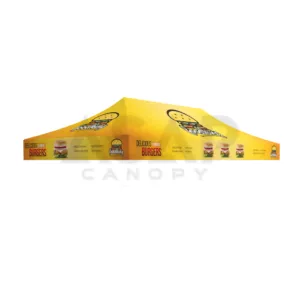
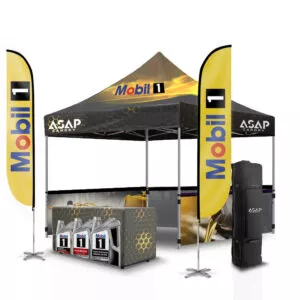


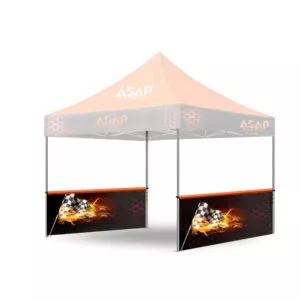
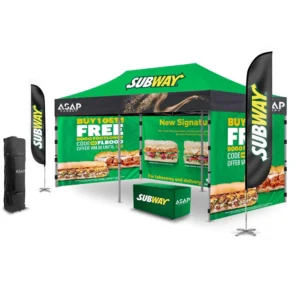

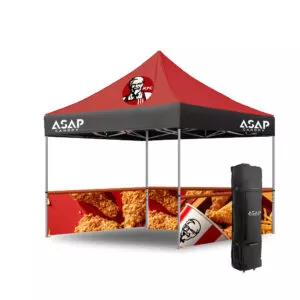
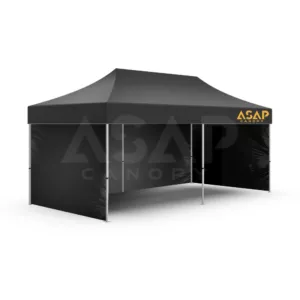



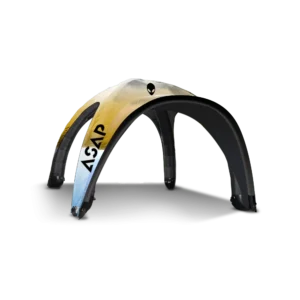

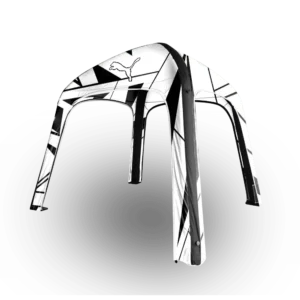



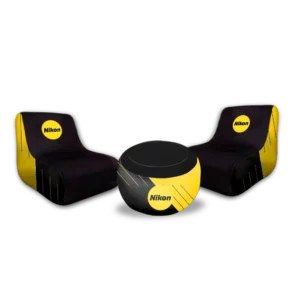




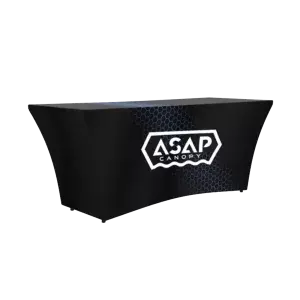

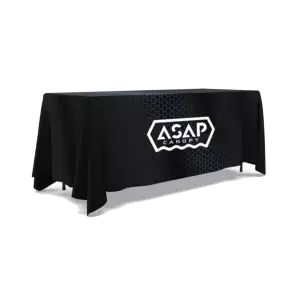





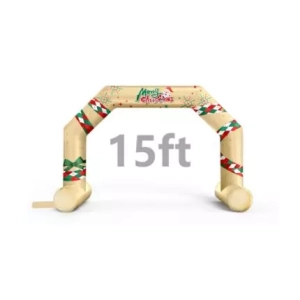





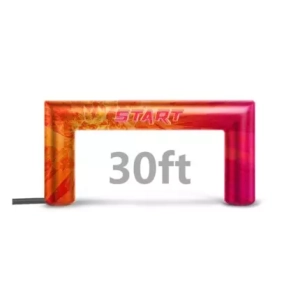





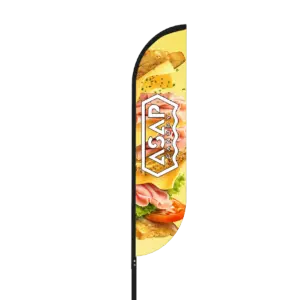


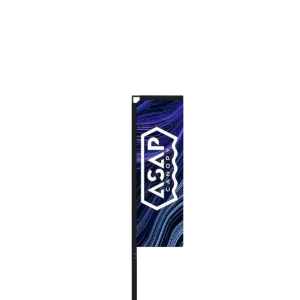

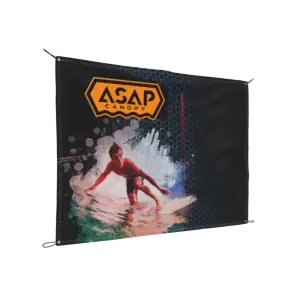
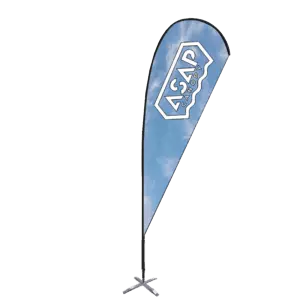

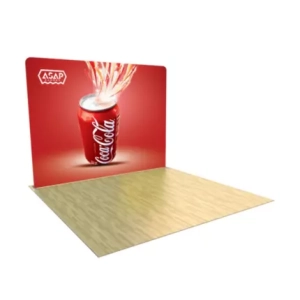

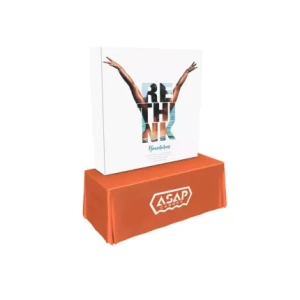
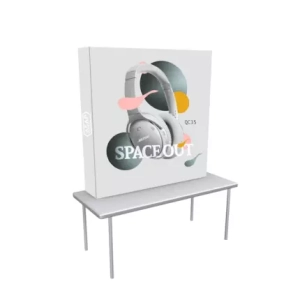
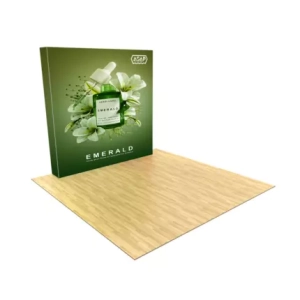


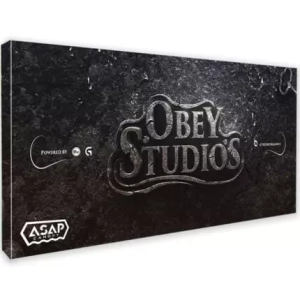
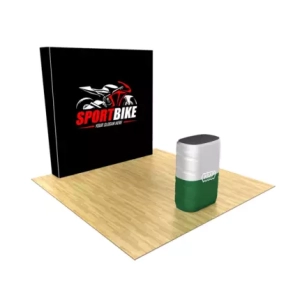




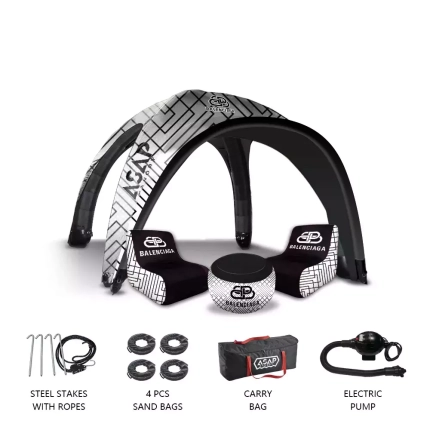
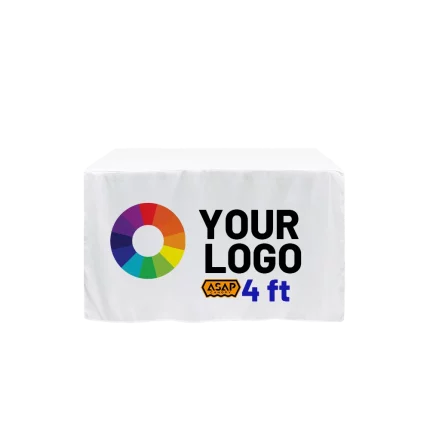
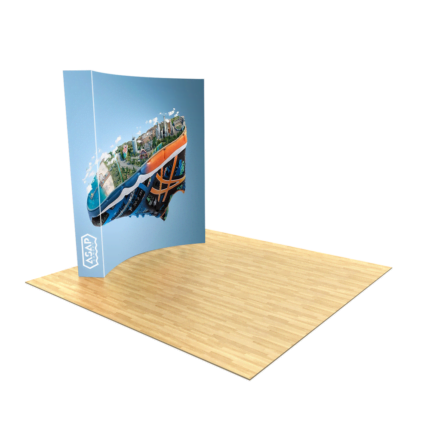
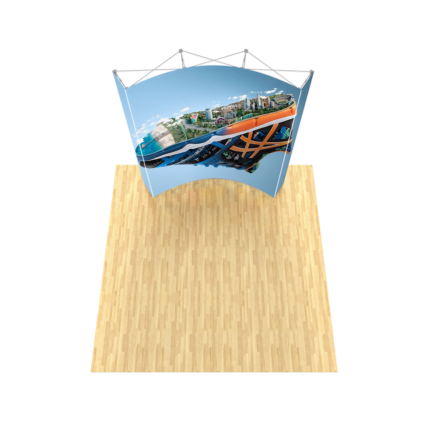

 5×5 Pop Up Tent
5×5 Pop Up Tent 6.5×6.5 Pop Up Tent
6.5×6.5 Pop Up Tent 10×10 Canopy Tent
10×10 Canopy Tent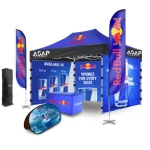 10×15 Canopy Tent
10×15 Canopy Tent 10×20 Canopy Tent
10×20 Canopy Tent Canopy Options
Canopy Options Blank Canopy Top
Blank Canopy Top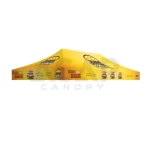 Canopy Top
Canopy Top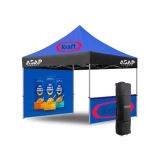 Canopy Walls
Canopy Walls Canopy Side Skirt
Canopy Side Skirt Blank Canopy
Blank Canopy Blank Canopy Kit
Blank Canopy Kit
 Inflatable Canopy Tents 10×10
Inflatable Canopy Tents 10×10 Inflatable Canopy Tents 13×13
Inflatable Canopy Tents 13×13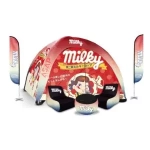 Inflatable Canopy Tents 16×16
Inflatable Canopy Tents 16×16 Inflatable Canopy Tents 20×20
Inflatable Canopy Tents 20×20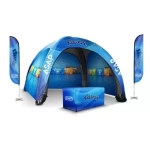 Inflatable Canopy Tents 23×23
Inflatable Canopy Tents 23×23 Inflatable Canopy Tents 26×26
Inflatable Canopy Tents 26×26 Inflatable Spider Tents
Inflatable Spider Tents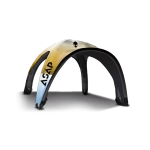 Inflatable Dome Tents
Inflatable Dome Tents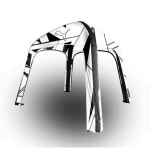 Inflatable Eclipse Tents
Inflatable Eclipse Tents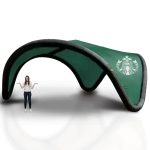 Inflatable Party Tent
Inflatable Party Tent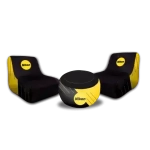 Inflatable Furniture
Inflatable Furniture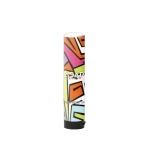 Inflatable Pillar
Inflatable Pillar
 Single Pole Star Tents
Single Pole Star Tents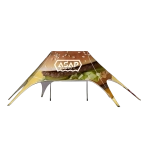 Double Pole Star Tents
Double Pole Star Tents
 15FT Inflatable Arches
15FT Inflatable Arches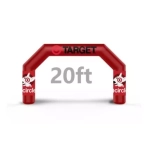 20FT Inflatable Arches
20FT Inflatable Arches 25FT Inflatable Arches
25FT Inflatable Arches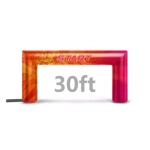 30FT Inflatable Arches
30FT Inflatable Arches 40FT Inflatable Arches
40FT Inflatable Arches 50FT Inflatable Arches
50FT Inflatable Arches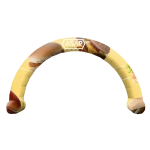 Custom Constant Arches
Custom Constant Arches Custom Sealed Arches
Custom Sealed Arches
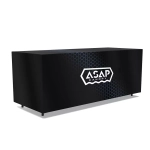 Fitted Table Covers
Fitted Table Covers Stretch-Fit Table Covers
Stretch-Fit Table Covers Loose Table Throws
Loose Table Throws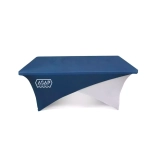 Cross-Over Stretch-Fit Table Cover
Cross-Over Stretch-Fit Table Cover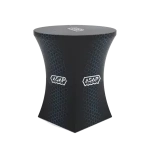 Round Stretch-Fit Table Cover
Round Stretch-Fit Table Cover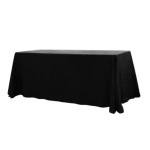 Blank Table Throws
Blank Table Throws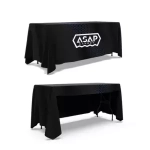 3-Sided Loose Table Throw
3-Sided Loose Table Throw Round Fitted Table Covers
Round Fitted Table Covers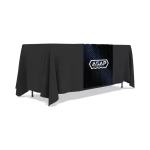 Table Runners
Table Runners Square Table Covers
Square Table Covers
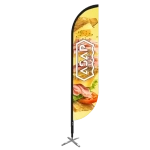 Feather Flags
Feather Flags Blade Flags
Blade Flags Feather Banner
Feather Banner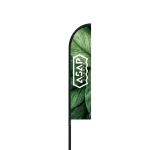 Blade Banner
Blade Banner Teardrop Flags
Teardrop Flags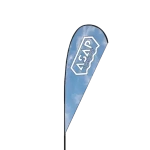 Teardrop Banner
Teardrop Banner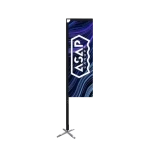 Rectangle Flags
Rectangle Flags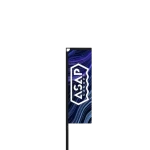 Rectangle Banner
Rectangle Banner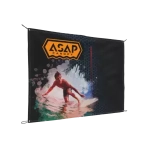 Mesh Event Banners
Mesh Event Banners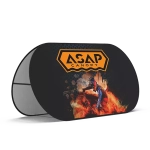 Pop Out Banner Horizontal
Pop Out Banner Horizontal Pop-Out Banner Vertical
Pop-Out Banner Vertical
 Trade Show Display
Trade Show Display Trade Show Display Kit
Trade Show Display Kit Pop Up Trade Show Display
Pop Up Trade Show Display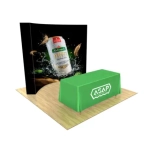 Pop Up Trade Show Display Deluxe Kit
Pop Up Trade Show Display Deluxe Kit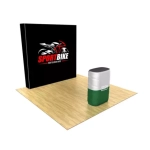 Pop Up Trade Show Display Kit
Pop Up Trade Show Display Kit TableTop Displays Kit
TableTop Displays Kit Pop Up Tabletop Display Kit
Pop Up Tabletop Display Kit Pop Up Tabletop Display
Pop Up Tabletop Display Tabletop Display
Tabletop Display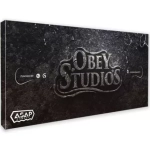 Straight Trade Show Exhibit Booth
Straight Trade Show Exhibit Booth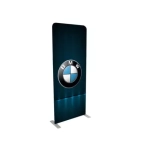 Banner Stand
Banner Stand
 Tent Accessories
Tent Accessories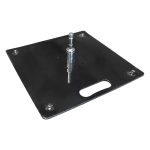 Flag Accessories
Flag Accessories Arch Accessories
Arch Accessories Trade Show Accessories
Trade Show Accessories
